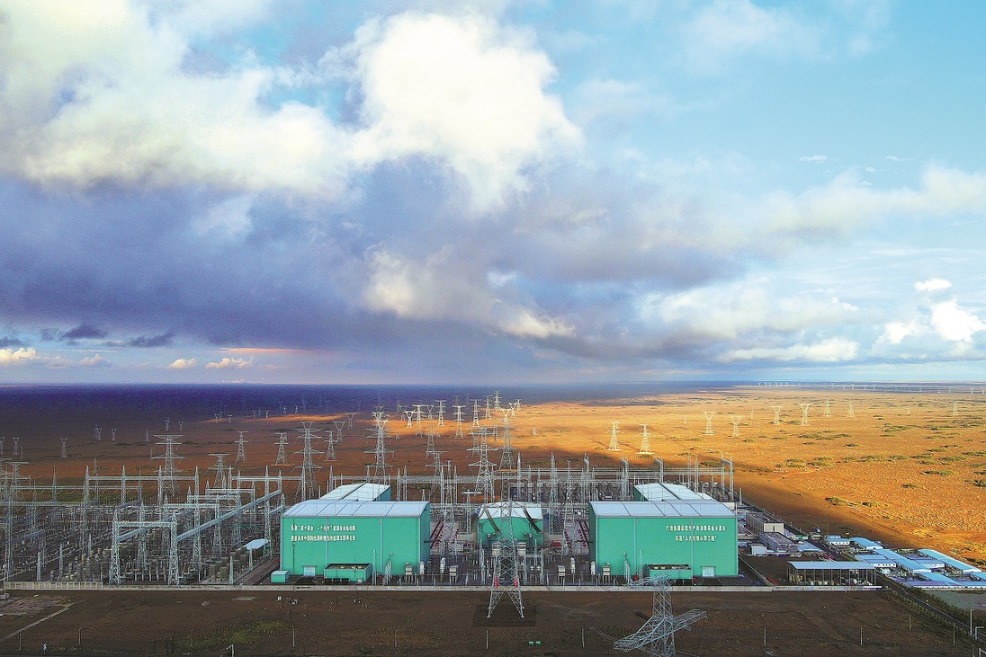China sees rising urbanization rate over past 75 years


BEIJING -- China's urbanization rate, which measures the ratio of permanent urban residents relative to the total population, rose by 55.52 percentage points from the end of 1949 to 66.16 percent by the end of 2023, data from the National Bureau of Statistics (NBS) showed Monday.
Over the past 75 years since the founding of the People's Republic of China, the country has undergone the largest and fastest urbanization process in world history, the NBS said in a report.
There were just 129 cities in China at the end of 1949, with a combined population of 39.49 million. The number of cities reached 694 at the end of 2023, while prefecture-level and larger cities were home to 673.13 million people. Among them, there were 29 cities each with a population exceeding 5 million and 11 cities each with a population of over 10 million.
Remarkably, China's less-developed western region is rising, representing a more balanced urbanization process. Among the 11 prefecture-level cities that have been added since 2011, nine of them are located in the western region.
As urbanization advances, China has lifted almost all limits on household registration in cities each with less than 3 million permanent residents, making it more convenient for those from rural areas to permanently settle down in cities.
- Chinese VP addresses dialogue on exchanges, mutual learning among civilizations
- China to crackdown on illegal, fake college entrance exam information
- China's housing policy drives poverty reduction, job growth: official
- China honors outstanding scientists in museum on Sci-tech Workers' Day
- Intl mayors praise Shanghai's development
- China sees 3.8% increase in inter-regional trips in Jan-April




































